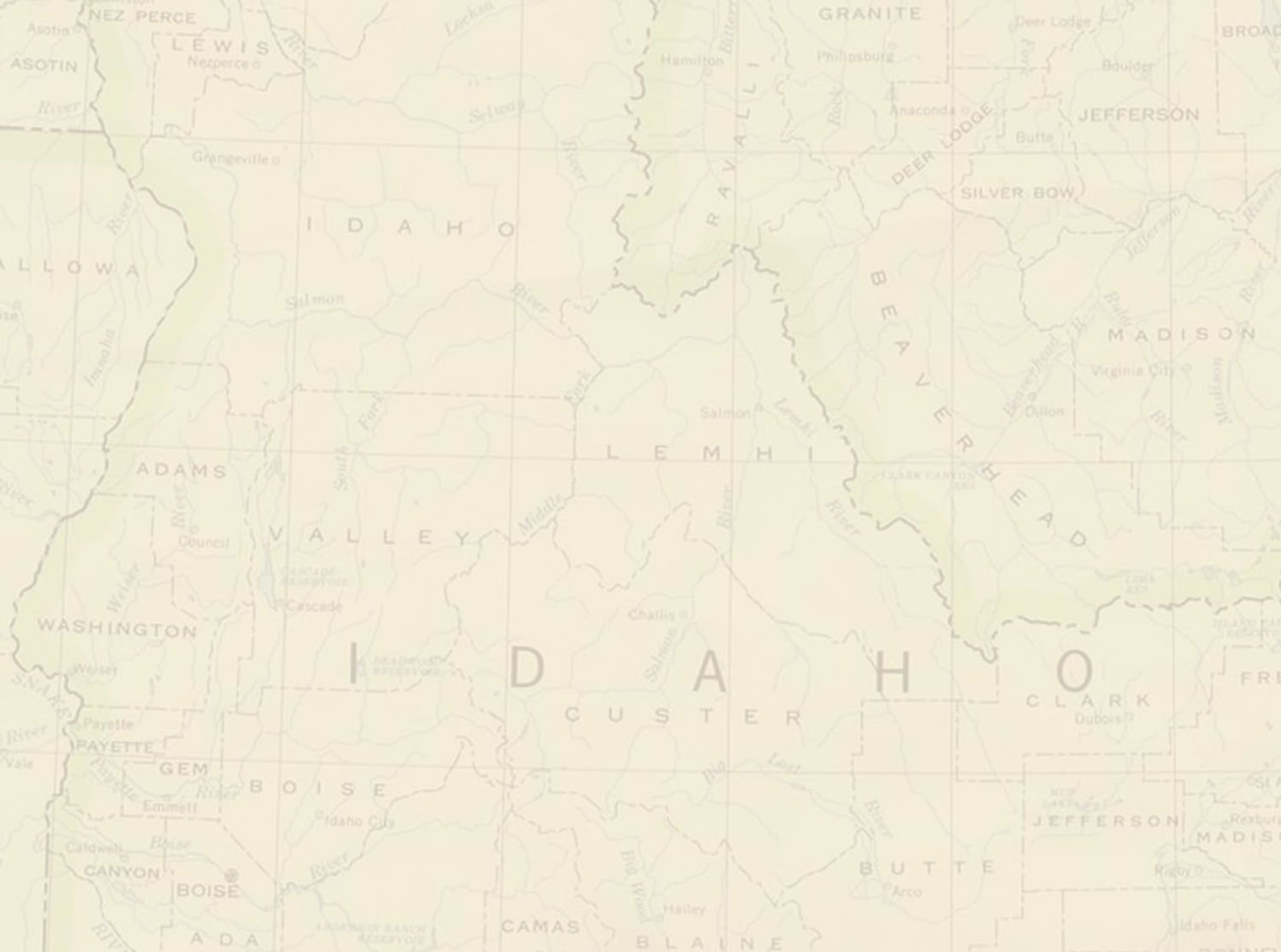MFRE Inflatable Kayak (IK) and Stand Up Paddling (SUP) Safety Talk
by James Ellsworth on February 17th, 2011
MFRE Inflatable Kayak (IK) and Stand Up Paddling (SUP) Safety Talk that MFRE Expedition Leaders present to paddlers on the river before any participant paddles.
Inflatable Kayaking (IK) and SUP are not for everyone because the risk of tipping over is much greater than riding in the rafts or paddle boat. Do not ask to use the IK’s unless you are confident with your physical abilities, swimming strength, and your ability to handle an emergency situation. The following are general guidelines:
- All IK’s and SUP users should wear wetsuits. This is for protection against rocks (wetsuits are 1/4 inch thick) or the cold water should you swim.
- All kayakers and SUP must wear a helmet.
- All kayakers and SUP must always follow behind the paddle boat and not get behind the raft behind the paddle boat.
- All kayakers and SUP must approach rafts from the upstream side, and only on the bow or stern (so the guide can use the oars to maneuver should they need to).
- All kayakers and SUP must listen to the kayak handling instructions below.
IK Safety talk- to cover on land
- Explain the difference between the different Inflatable Kayaks and SUP we have.
- Explain how the self-bailing kayak works (water drains to lowest point, holes in side or at ends.
- Show where to sit or Stand. The proper position in rapids in on the floor to maintain a low center of gravity. Sit on thwart only in calm water as it is less stable position thatn the floor. Keep weight forward in the IK, especially those who weigh less than 120 pds.
- Show how to hold the paddle and the strokes to be used- overhand, sweep, and reverse sweep or rudder for IK and SUP. Stress that when in doubt, paddle hard as you have more control when moving fast (like riding a bike). When in doubt, paddle it out and square it out! Always keep boat pointed downstream, as boat is 10 feet long and 3 feet wide and can tip very easily when sideways to current.
- What to do if you flip.
- Float on back with feet downstream, hold onto your paddle;
- Try to get back into the IK or SUP (demonstrate);
- If you can get back into the IK or SUP, hold onto it.
- To be rescued by paddle raft (main rescue boat), rescue boat holds kayak or SUP steady while swimmer climbs back in kayak, or rescue boat pulls in swimmer by the life jacket into the rescue raft, and pulls in the IK later.
- If separated from your IK or SUP, do not get caught in front of your IK or another raft, or between a rock and your IK or raft. Swim to the side!
- What to do if you get stuck on a rock while in your IK? Rock forward and backward and nudge your IK off of it. This works 90% of the time. Also can lean downstream to expose the bottom of the IK to water, not a tube which will allow water to fill the IK with water and flip you.
IK Safety talk- to cover in the water by a guide.
- Explain river dynamics such as eddys, what makes a rapid, pillows, tongues, how to tell where a rock is.
- Demonstrate strokes in the water.
- Tech the upstream ferry. This allows movement of the IK across current or stopping almost anytime on the river.
- In the rapids space the kayaks and SUP 2-3 IK lengths apart to minimize collisions and tips over in case the paddle boat gets stuck.
- Kayakers should always stay in sight of all members of their group.
- IK’ers should always be watching 25-30 yards ahead for rocks or obstacles to initiate avoiding.
- When in doubt, paddle in the middle of the river to give you the option to go left or right to avoid an obstacle.
- When going around a corner it is always best to go to the inside of the curve, the current will drive you to the outside wall if you go with the flow.
- If you cannot Self Rescue from IK or SUP you have to stop!


